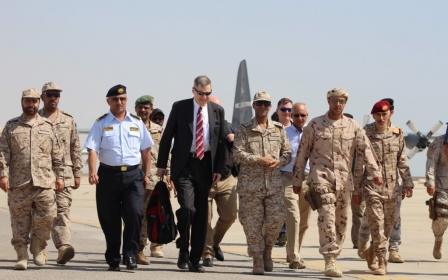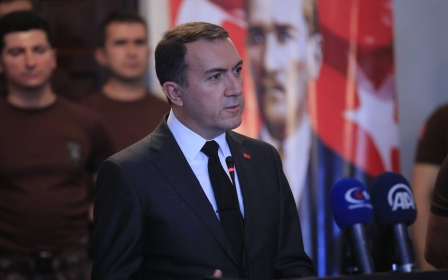New Zealand calls time on non-combat mission in Iraq

New Zealand will begin scaling back its non-combat mission in Iraq next month and bring home the last of its troops by mid-2020, Prime Minister Jacinda Ardern has said.
Wellington deployed troops on a "behind-the-wire" training mission in 2015 to boost the ability of the Iraqi Security Forces (ISF) to fight Islamic State (IS).
Ardern said on Monday the small contingent of troops, currently 95, who have been working alongside the Australian military at the Taji military base north of Baghdad, had completed their mission.
The troops provide training on basic weapons skills as well as medical support and logistics to the ISF.
"When it comes to Iraq, it's time to go," Ardern said, adding that 44,000 ISF personnel had been trained at the base.
"The New Zealand and Australian troops at Taji have worked hard, not only to provide training, but also to ensure that the ISF are well placed to take over this commitment at Taji in the near future."
Ardern said New Zealand troop numbers at Taji would fall to 75 next month, then 45 in January 2020, before the final withdrawal in June next year.
US-backed forces drove IS out of its last stronghold in eastern Syria this year, bringing an end to a so-called caliphate declared by the group.
New Zealand's deployment in Iraq had been scheduled to end in May 2017, but successive new governments extended the date.
Last year, Ardern extended the armed force deployment in Iraq and Afghanistan until June.
Ardern added that New Zealand will cut to 11 personnel, from 13, its deployment to a NATO-led mission in Afghanistan, but troops would remain until December 2020, to support the training of Afghan army officers.
Middle East Eye propose une couverture et une analyse indépendantes et incomparables du Moyen-Orient, de l’Afrique du Nord et d’autres régions du monde. Pour en savoir plus sur la reprise de ce contenu et les frais qui s’appliquent, veuillez remplir ce formulaire [en anglais]. Pour en savoir plus sur MEE, cliquez ici [en anglais].




